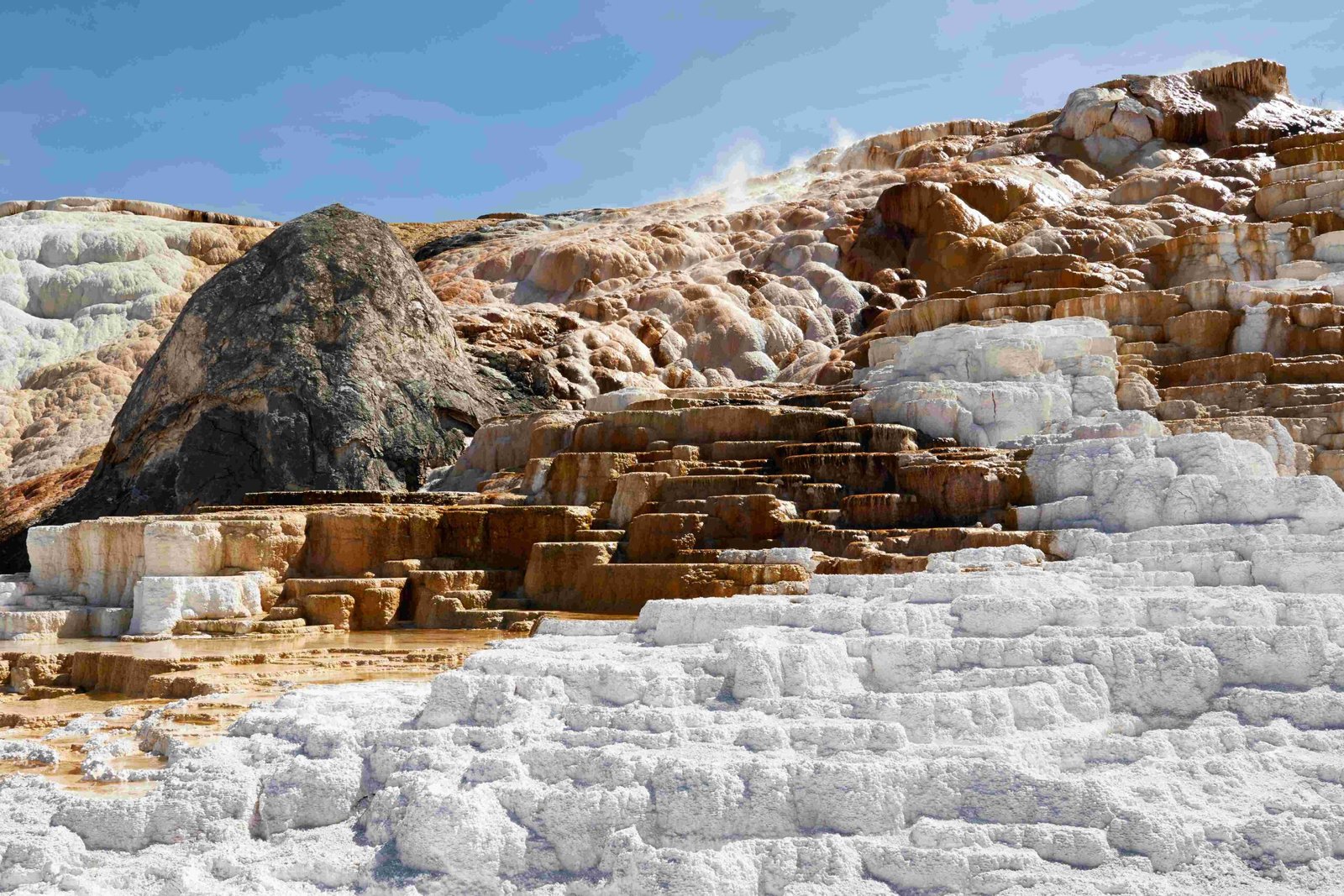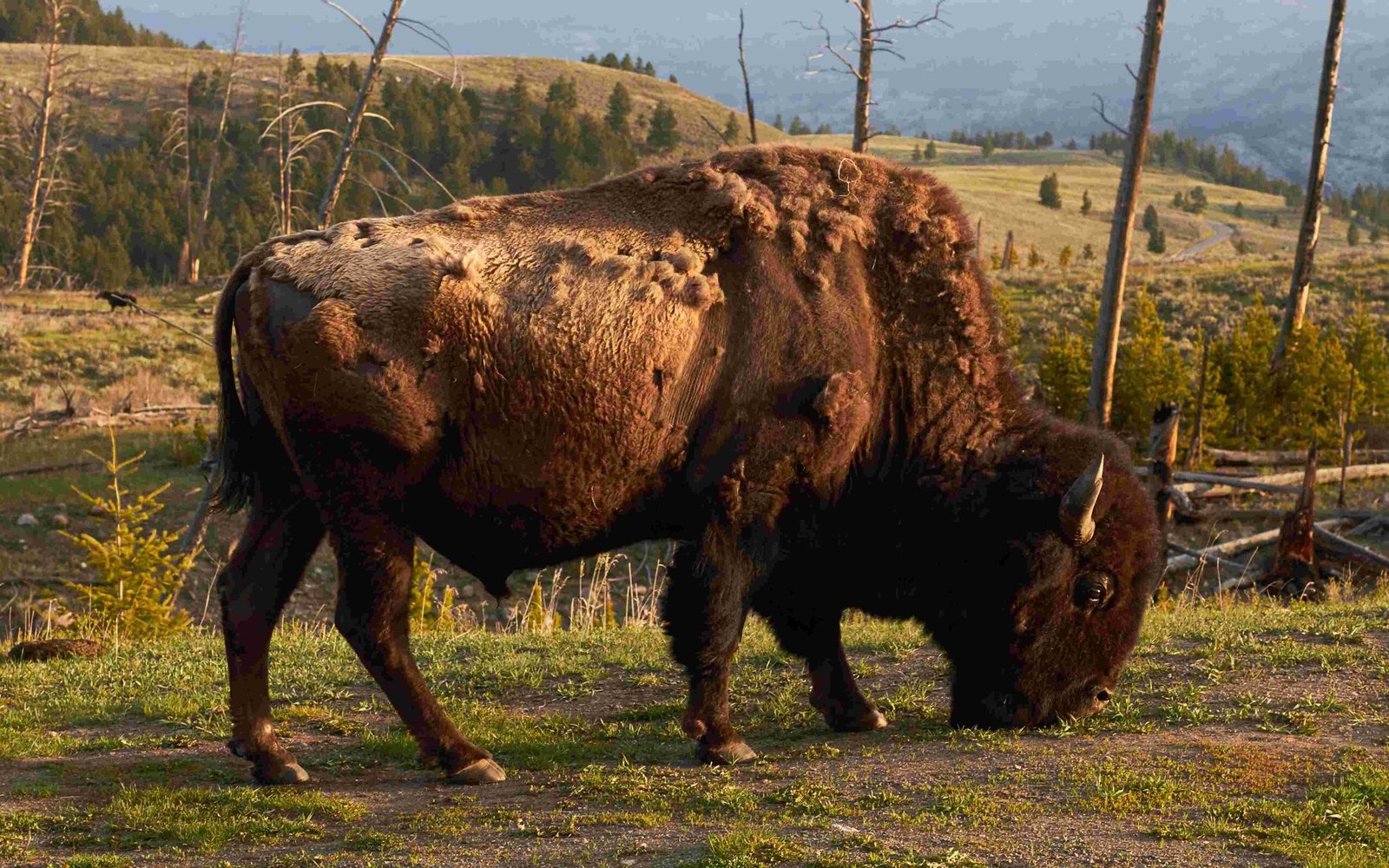The Yellowstone National Park discovery is a fascinating journey through time, spanning thousands of years of human interaction with this unique landscape. From ancient Native American presence to the groundbreaking expeditions of the 19th century, the discovery of Yellowstone’s wonders led to its establishment as the world’s first national park in 1872. This article explores the rich history of Yellowstone’s discovery, the key figures involved, and the impact of this monumental event on conservation efforts worldwide.
What Were the Early Signs of Yellowstone’s Unique Features?

Long before European explorers set foot in the region, Native Americans had been living in and utilizing the resources of the Yellowstone area for at least 11,000 years. The Paleo-Indians of the Clovis culture were among the earliest known inhabitants, using the obsidian found in the park to craft tools and weapons. These early inhabitants were well aware of the area’s unique geothermal features, which would later captivate the imagination of explorers and scientists.
Who Were the First European-Americans to Explore Yellowstone?

The first documented European-American to venture into what is now Yellowstone National Park was John Colter, a member of the Lewis and Clark Expedition. In 1807-1808, Colter passed through the northeastern section of the park and observed its geothermal areas. His descriptions of “fire and brimstone” were initially met with skepticism and disbelief.
Other early explorers included:
- Joe Meek (1829): Discovered the Norris Geyser Basin area
- Jim Bridger (1830s): Explored the region and reported on its thermal features
- Walter DeLacy (1863): Led a prospecting party through the area and published the first map
What Were the Significant Expeditions That Led to Yellowstone’s Discovery?
Several key expeditions played crucial roles in the discovery and documentation of Yellowstone’s wonders:
- Cook-Folsom-Peterson Expedition (1869)
- First successful privately organized Yellowstone expedition
-
Explored the region and published findings, initially met with skepticism
-
Washburn-Langford-Doane Expedition (1870)
- Led by Henry Washburn
- Named several sites and provided credible reports
-
Helped pave the way for the park’s establishment
-
Hayden Geological Survey (1871)
- Led by Ferdinand V. Hayden
- Comprehensive government-sponsored expedition
- Included geologists, botanists, zoologists, artist Thomas Moran, and photographer William H. Jackson
- Produced a report and visual evidence that convinced Congress to establish the park
How Did the Discovery of Yellowstone’s Geothermal Features Impact Its Preservation?
The discovery of Yellowstone’s unique geothermal features played a pivotal role in its preservation. Here’s a breakdown of the key features and their impact:
| Feature | Description | Impact on Preservation |
|---|---|---|
| Geysers | Erupting hot springs, including Old Faithful | Demonstrated the area’s uniqueness and need for protection |
| Hot Springs | Colorful pools of heated water | Showcased the diverse and delicate ecosystems |
| Mud Pots | Bubbling pools of mud and clay | Highlighted the area’s geological significance |
| Fumaroles | Steam vents | Emphasized the active geothermal nature of the region |
These features, along with the stunning landscapes and diverse wildlife, convinced lawmakers and the public of the need to preserve Yellowstone for future generations.
What Led to the Establishment of Yellowstone as a National Park?
The establishment of Yellowstone as a national park was the culmination of several factors:
- Credible reports from expeditions
- Visual evidence (paintings and photographs)
- Growing public interest in natural wonders
- Concerns about private exploitation of the area
On March 1, 1872, President Ulysses S. Grant signed the Yellowstone National Park Protection Act, creating the world’s first national park. This groundbreaking legislation set aside the area “as a public park or pleasuring-ground for the benefit and enjoyment of the people.”
How Has the Discovery of Yellowstone Influenced Conservation Efforts?
The discovery and subsequent protection of Yellowstone National Park have had far-reaching effects on conservation efforts worldwide:
- Inspired the creation of national parks in other countries
- Established a model for preserving natural and cultural heritage
- Sparked interest in scientific research of geothermal areas and ecosystems
- Promoted the idea of public ownership and access to natural wonders
- Encouraged the development of sustainable tourism practices
What Can Visitors Experience Today Related to Yellowstone’s Discovery?
Modern visitors to Yellowstone can explore the park’s rich history and experience the wonders that led to its discovery:
- Old Faithful Geyser: Witness the iconic geyser that has captivated visitors for centuries
- Grand Canyon of the Yellowstone: Explore the stunning canyon that awed early explorers
- Mammoth Hot Springs: Visit historic buildings and learn about early park management
- Yellowstone National Park Museum: Discover exhibits on the park’s natural and cultural history
- Ranger-led programs: Participate in guided walks and talks about the park’s discovery and significance
By visiting these sites and participating in educational programs, visitors can gain a deeper appreciation for the Yellowstone National Park discovery and its lasting impact on conservation efforts worldwide.

